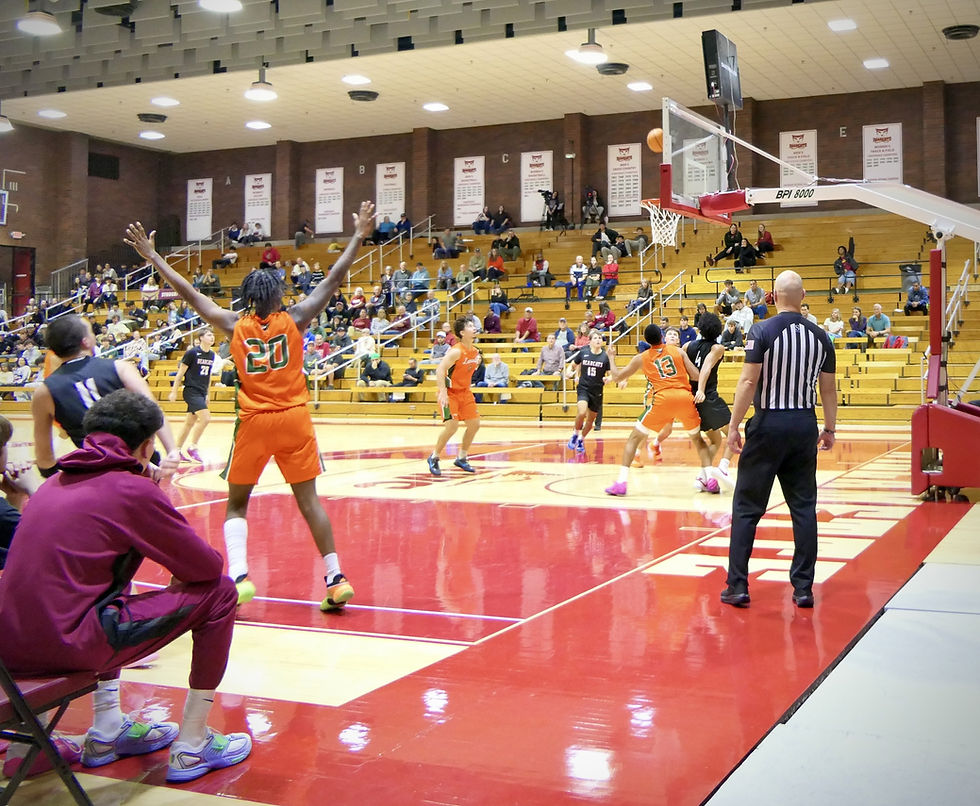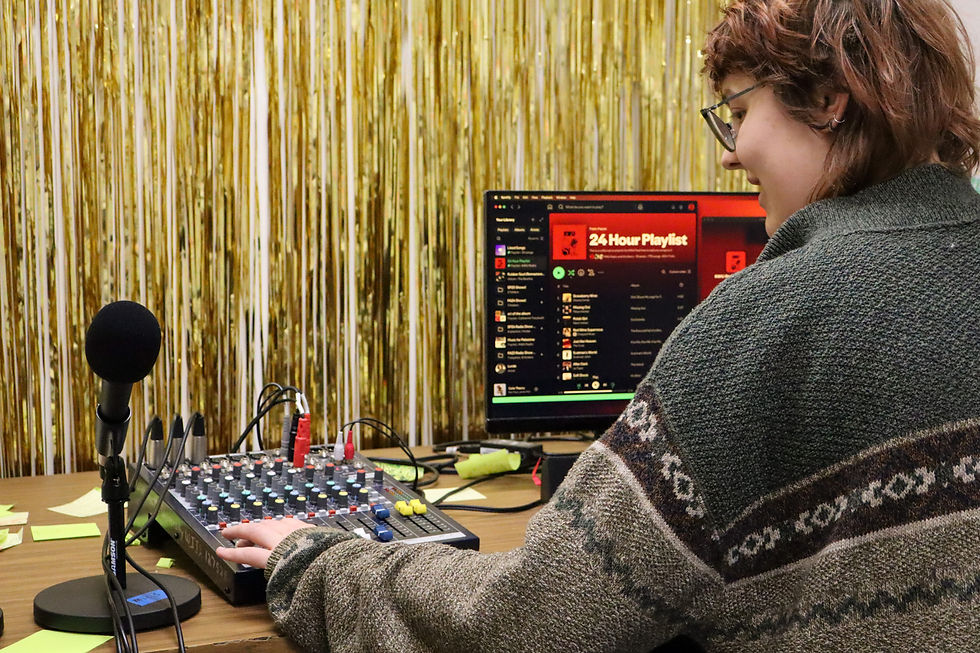Willamette University’s unwelcome guests: Invasive species on campus
- Mar 4, 2024
- 4 min read
Willamette University is the home of quite a few invasive species, from plants to mammals. Contrary to popular belief, an invasive species does not need to be an introduced species. According to the Oikos Journal, invasive species are defined as “the rapid appearance of a state of dominance of a species.” They can be both native and non-native species — Willamette has both. The ecological effect and the impact on humans that a species has, not its place of origin, define if it’s invasive. In light of National Invasive Species Awareness Week from Feb. 26 to March 1, here are some invasive species Willamette students regularly interact with.

One of the more popular invasive species here at Willamette is the nutria. Multiple on-campus nutria had babies recently, adding to their population and popular image on campus. Nutria are semi-aquatic rodents whose scientific name (Myocastor coypus) translates to “mouse beaver,” which is a good description of what they look like. They are usually about 12 pounds. While they are adorable, it is strongly recommended that you do not approach or pet them as they will bite potential predators. The nutria is invasive, as according to the US Department of Agriculture, they “cause extensive damage to wetlands, agricultural crops, and structural foundations such as dikes and roads.” They can also carry diseases such as tuberculosis that are harmful to humans.

Seemingly everywhere you look on campus, there are squirrels, mostly Eastern Gray squirrels. Medium-sized, gray and brown, the Eastern Gray squirrels are invasive and outcompete native squirrels. Introduced to Salem and Oregon for the first time in 1918, these squirrels have done nothing but spread since. Research by the Oregon Department of Fish and Wildlife (ODFW) shows that due to the fierce competition they provide for food sources, the small amount of territory they need, the high breeding rates and their ability to be near humans, “when [the Eastern Gray Squirrel] moves into a new subdivision or urban area, it typically replaces native squirrels in five to 10 years.” To curb the spread of the Eastern Gray, the ODFW determined you cannot bring them into Oregon, relocate them within the state or rehabilitate them when they are injured.
Wild carrot, or Queen Anne’s lace, is an invasive plant on campus. This plant has been used for medicinal purposes throughout history, including to help women lower their fertility. It is challenging to eradicate, as one of the only effective ways of removing it is by hand-pulling every plant. This plant is strikingly similar in appearance to the flower Baby’s Breath, is usually one to four feet tall and smells like carrots. According to the University of Minnesota, Queen Anne’s lace “can outcompete other species due to its faster maturation rate and size.”

Turkeys are another species introduced to Oregon that can be spotted at Willamette, and they have spread rapidly since their introduction. Turkeys can cause problems for humans living in the same communities, which is one reason they are determined to be invasive. Considerations For Coexisting With Wild Turkeys, provided by ODFW, highlights the way turkeys can damage property in various ways and exhibit aggressive behavior toward humans. It is a good practice to avoid feeding wildlife, but you should especially avoid feeding invasive species, and ODFW recommends that people avoid feeding turkeys in particular. Feeding turkeys can create food aggression and a reliance on humans for survival.
Another plant invading campus is the daisy. While there is a native daisy species, the Ox-eye species is aggressive and invasive in Oregon, as it has a creeping root system that can wipe out neighboring plants. When in bloom the plants vary from one to three feet tall, with flowers at the tops of the stems. The National Park Service said, “It forms dense stands that tend to displace native vegetation …. The end result is a species-poor plant community.” The daisies’ aggressive displacement of other plants creates a lack of biodiversity which harms the ecosystems it invades. These flowers are difficult to get rid of, as “each flower head can produce up to 200 seeds that spread by wind or animals and remain viable in the soil for several years.”
These species are only a few of the invasive species we have on campus; there are many more. Despite their potentially interesting, cute or pretty appearance, these species cause massive disruptions in their environments and to humans in their communities. If you would like to help curb the spread of invasive species, there are steps you can take! Make sure you aren’t feeding any invasive animals, even unintentionally (like allowing invasive squirrels to eat from your bird feeder), never release pets you no longer want into the outdoors, don’t move wild plants and animals into different areas, and consider volunteering with local programs that work to remove invasive species. If you are interested in such efforts, one such program is the Oregon Invasive Species Council, which has volunteer opportunities at removal events across the state.




wow! wonderful researched piece. I learned so much, thanks for the information. I have seen the cute critters but never knew the were invasive species. I will be joining the removal events in my area.